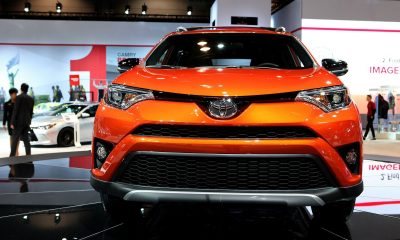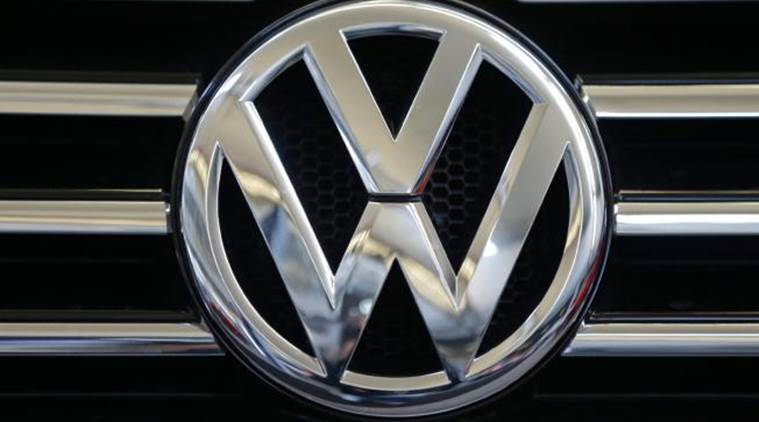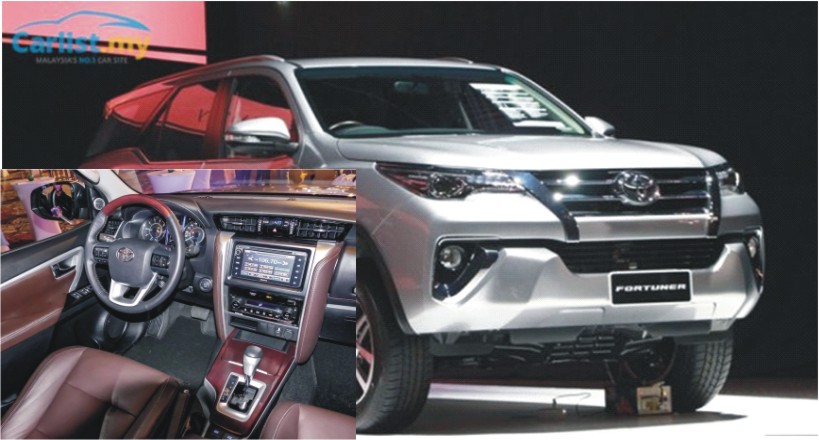TOYOTA has given its Multi-Purpose Vehicle, Avanza a facelift for 2016. The refreshed Avanza features an almost entirely new front-end design in order to catch up to the new Toyota design language that is being implementing across all models. Consequently, the Avanza looks more substantial and bulkier where the older model looked tall and thin.
Toyota has aimed to improve the quality within the cabin of the facelifted Avanza. The previous model always felt a little utilitarian, especially when compared with newer rivals from Suzuki and Honda. Amongst the changes inside is a new instrument cluster that features amber-hued inserts, a silver outer bezel and white night-time illumination for greater clarity. All models receive a new Eco indicator, to provide feedback to the driver on economical driving.
A new, split third-row seat allows passengers to independently adjust the back row seating, allowing more flexibility and seating arrangements. In addition, the third row of seats also features a tumble function to increase cargo space when so required.
A few basic improvements have been made to the Avanza to try and improve passenger safety. There second row of seats comes with a centre headrest and the middle seat can also be ordered with a proper three-point seatbelt. ISOFIX points have been included and the Avanza is sold with driver and passenger airbags as standard now. EBD has been added to the brake system to complement the ABS.
As well as the aforementioned changes, the new Avanza is said to be quieter with improved vibration and harshness (NVH) control. Slight tweaks to the suspension are also said to improve handling and stability something current owners will no doubt look forward to, especially in windy conditions.
Providing the motivation are two new engines, in 1.3 and 1.5 litre guise. The 1.3 litre engine delivers 70 kW with 121 Nm of torque, with the 1.5 litre delivering 77 kW and 137 Nm. The previous engines made 67 kW/117 Nm and 76 kW/136 Nm respectively.
Fuel economy has also been improved with 6.1 L/100 km being quoted for the 1.3 litre and 6.3 L/100 km for the 1.5 litre manual. The automatic derivative weighs in at 6.7 l/100 km.
Buyers have the choice of a 5-speed manual transmission or 4-speed automatic on the 1.5l model, which drive the rear wheels.

 Football5 days ago
Football5 days ago
 Aviation7 days ago
Aviation7 days ago
 Aviation6 days ago
Aviation6 days ago
 Featured3 days ago
Featured3 days ago
 Comments and Issues5 days ago
Comments and Issues5 days ago
 Education4 days ago
Education4 days ago
 Business4 days ago
Business4 days ago
 Featured1 week ago
Featured1 week ago








